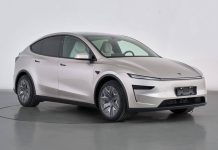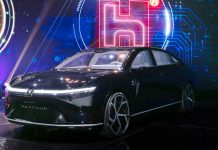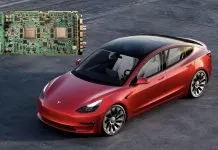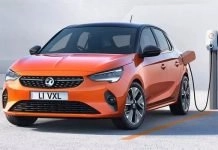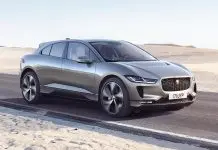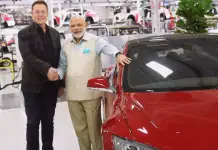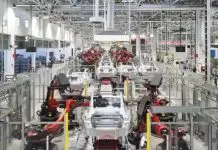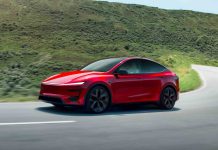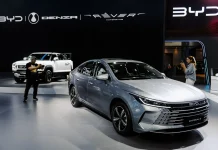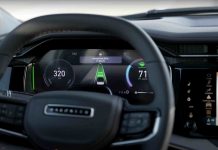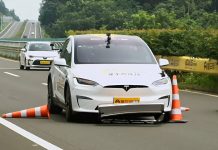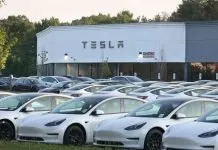The United States is the country that invented the assembly line, put astronauts on the moon, and produced the muscle car, so it is a surprise that in the race to electric vehicles, the United States is not the leader. Rather, the other world is taking laps around us, or repeatedly. The Chinese, the Europeans, and even so-called developing nations are gearing up for an electric future, and America seems to be looking back on the pedal and gliding back to gasoline.
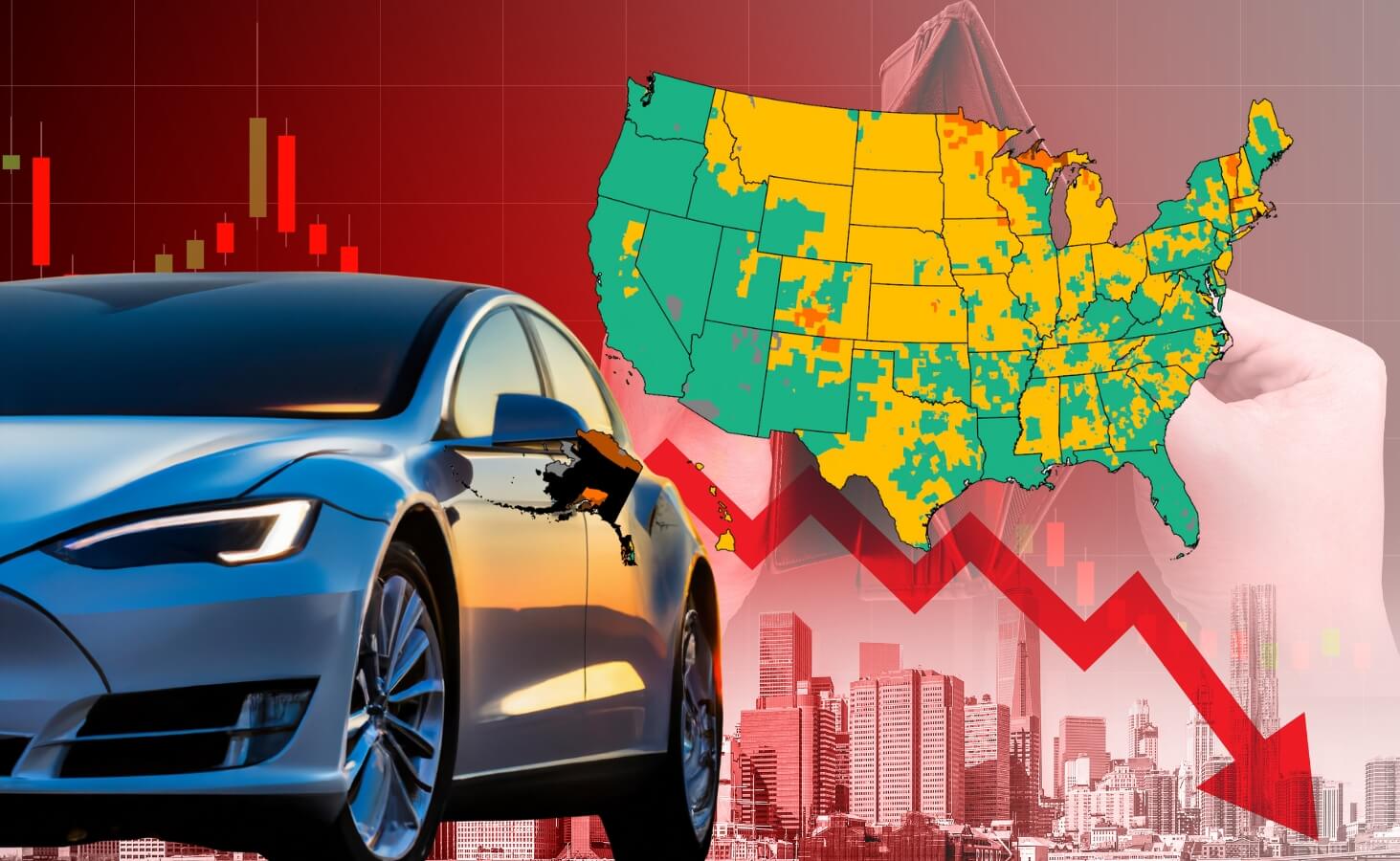
It Is All-Out War in the World
Electrification is no longer a niche movement worldwide. Practically, electric vehicles account for approximately half of all car sales in China. In early 2025, the VinFast company of Vietnam took over 35% of the local sales. Countries such as Turkey, Indonesia, and Malaysia are achieving EV adoption rates that are equal to or higher than those in America. The percentage of fully electric vehicle imports is the majority even in small markets like Nepal, Sri Lanka, and Djibouti.
Poor air quality, high fuel prices, and a lack of infrastructure for gasoline facilities make EVs an apparent alternative in most countries. Reduced lifetime ownership cost closes the deal. In comparison, gas in America is cheap, suburbs are sprawled, and political leaning has stalled progress. Even worse, as other countries jump directly to electric power, we are still bound by gasoline, not just in infrastructure, but also in terms of corporate strategy.
A Messaging and Cultural Problem
The irony is that EVs are at their best in what American car culture professes to cherish: efficiency and performance. Instant torque, reduced moving parts, reduced intake emissions, and reduced running costs—these are the engineering gains, not ideology or compromises. The introduction of EVs turned into a battle of culture in which it was presented as a mandate instead of market development.
Such a framing has enabled objections to go solidly partisan, with car manufacturers discreetly setting forth the belief that automakers design EVs only when the hand is forced by the regulators. This communications misstep will be long-lasting, with a technological enhancement becoming a political identity test.
A Competitiveness Gap
It is not merely a question of consumer choice; it is also about industrial competitiveness. Automakers across the world compete in several markets. The U.S. can be seen as a dumping place by China and other emerging economies in terms of them selling older models and low-efficiency products because they could potentially have their most developed and profitable merchandise hindered in European and Chinese markets. That would be the first time in modern history: America playing technological catch-up in the sector it had pioneered.
The worldwide situation makes the situation more urgent. In China, battery leads and charging facilities are not only encouraging users to ditch the hybrid but also to embrace purely electric vehicles. Scientists at Fudan University have developed a novel approach that can significantly increase the capacity of lithium-ion batteries and, therefore, the potential for future energy storage. Domestic names such as BYD, Xiaomi, and Xpeng are breaking new sales records. BYD, the world leader in making EVs, managed to surpass Tesla in European sales.
Europe’s Mixed Challenges
Automakers in Europe have their issues to contend with, high tariffs, reluctant demand, and production issues, but are still in an all-electrified direction. Volkswagen today is scrambling to get some hybrids on its line after it got the market wrong in going all-in on EVs in the United States. Even BMW’s CEO says an EV-only strategy is a dead end. Volvo, Polestar, and Jaguar Land Rover are cutting U.S. lineups and readjusting product plans in reaction to tariffs and weaker-than-anticipated sales.
Not Much Time to Bridge the Gap
This is not the point that electric cars are doomed in America. There remains a demand for hybrids and the expansion of the charging networks. However, without the regular signals to policy, consumer education, and a rebranding of EVs as superior products as opposed to political pieces, the U.S. will continue to fall behind the rest of the world.
Technological revolutions do not give anybody time to be prepared. Provided that electrification is optional, we might be surprised that it has been decided upon by the market, by foreign rivals, and by the global economics of energy consumption. And by that time, it may be much more difficult to do so than merely keep up now.




